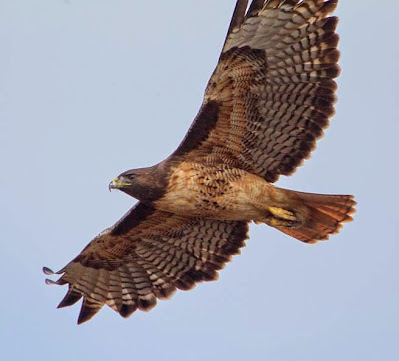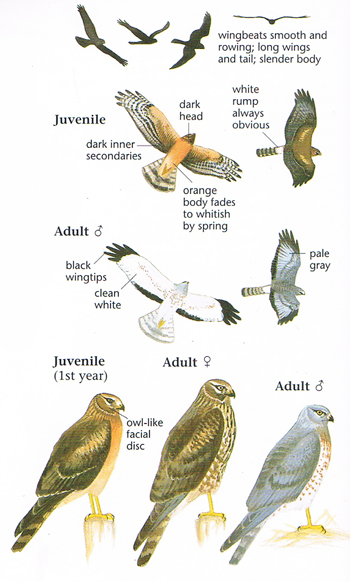Summary of 11-7-2020 at the Jenner Headlands Preserve.
Big thanks to Jill and Sam for their help on the there hikes we did with The Wildlands Conservancy this season, thankful for the opportunity to share birds of prey with the enthusiastic public through our guided Raptor Hikes in 2020
Fun to see Susana and Anne along the way as well.
(all photos copyright to original photographers, use here for non profit and educational purposes only, photos here shown from WCHW photo pool and not of actual birds from the day, rather just references to help those learning, what we saw and how to tell what they are)
West County HawkWatch Migration and Over-wintering tour / Jenner Headlands. As promised below is some ID help on what we saw.
Day started out with Red-tailed Hawks and American Kestrels
Red-tailed Hawk. Large soaring hawk in the genus Buteo:
Juvenile Red-tailed Hawk, Dark hood, good belly band, dark patagial, and finely barred tail (below)
Next bird we discussed and viewed was the American Kestrel. This bird you can tell male from female by color, where as most other birds of prey male and female are the same color. Male directly below, and Female below that.... notice the tails....
Right up past the eucalyptus grove we found a large buteo, largest buteo in North America, The Ferruginous Hawk, great looks at this large soaring hawk, it was an adult bird full of greys, some black and rust/orange tones on a overall tan/buff/light brown body. Key marks were the light colored grey head, one tone off white tail, orange leggings forming a "V" against the body, and the leading edge of the wing not a solid thick wing bar as a Red-tailed Hawk would have had, that is a distinguishing thing to use against Red-tailed and in identify a Ferruginous Hawk.
Ventral View, aka bottom side view, legs for a V, unmarked chest, leading edge of wing does not have a solid wing bar (like a red-tailed hawks would)
Ventral View, aka bottom side view, legs for a V, unmarked chest, leading edge of wing does not have a solid wing bar (like a red-tailed hawks would)
Ventral View, aka bottom side view, legs for a V, unmarked chest, leading edge of wing does not have a solid wing bar (like a red-tailed hawks would)
Along the ridge we had good looks at a Northern Harrier, saw a few more throughout the day, The one we saw close was an adult female.
female Northern Harrier ^ above
White-tailed Kite, (below) White, Grey, Black... saw at a distance and spotted by Jill, once we spotted them we were able to see some flight activity, similar to this below but it was at a great distance away.... It is a White-tailed Kite, but its form and shape are similar to a falcon's body shape.
Back near the barn we saw a Juvenile Red-shouldered Hawk. (like the one photographed below)




























2 comments:
Looks good to me Larry. nice post!
Thanks
Post a Comment